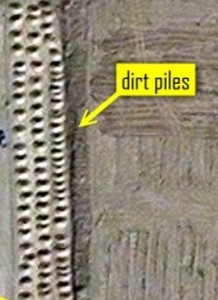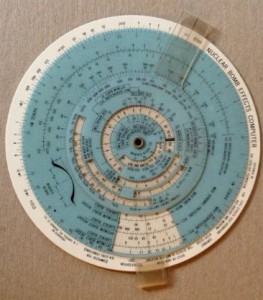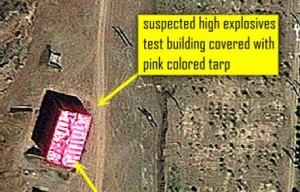Amid Reports of Near Agreement and IAEA, Iran Followup Meeting, Jahn Eats Crow
Despite the best efforts of those who want a military attack on Iran to paint Iran as hiding attempts to develop a nuclear weapon, cooler heads appear to be prevailing as yesterday’s talks in Tehran produced reports of a likely agreement and a follow-up meeting between the IAEA and Iran in only a month. One of the most important signs of progress is that the AP’s George Jahn, who has served as a conduit for many of the most flimsy charges against Iran even gave space at the end of his report today to provide an alternate viewpoint that calls most of his reporting for the past year into significant question.
From Reuters, Fred Dahl (who at times has dabbled in the same rumor-mongering as Jahn, but not as blatantly) reports on the progress made yesterday:
The U.N. atomic agency failed to gain access to a military site in talks with Iran this week but expects to reach a deal in January to resume a stalled nuclear probe, the chief U.N. inspector said after returning from Tehran on Friday.
Even though the International Atomic Energy Agency was not allowed to see the Parchin complex during Thursday’s visit to the Iranian capital, IAEA team leader Herman Nackaerts said progress had been made in the meeting.
/snip/
“We expect to finalize the structured approach and start implementing it then shortly after that,” he said, referring to a framework agreement that would enable the IAEA to restart its investigation into suspected atomic bomb research in Iran.
“We had good meetings,” Nackaerts added. “We were able to make progress.”
It is not just the IAEA who characterized the meeting as productive. From PressTV, we also get positive news from the Iranian side of the meeting:
Earlier, Iran’s Ambassador to the IAEA Ali-Asghar Soltanieh told Press TV that Tehran and the UN nuclear body agreed at the end of the one-day meeting to hold a next round of talks in January.
“This round of talks was constructive and good progress was made,” Soltanieh added.
Adding to the possible momentum generated yesterday, both the Reuters article linked above and this Fars News piece from Iran report that a new round of the P5+1 talks also could be taking place soon.
But perhaps the most encouraging news of all comes from what appears in today’s report from the AP’s George Jahn, who has been at the center of controversy many times during the last year because of the way he publishes “leaked” material coming from countries that favor military action in Iran and who want to disrupt diplomatic negotiations. In today’s story, he does recite some of his litany of charges against Iran and the claims that work at the Parchin military site may have been carried out to develop an explosive trigger device for a nuclear weapon. He also relates that David Albright emailed to AP a “series of commercial satellite photographs of the Parchin site” detailing activities at the site that Albright and Jahn have been hyping as aimed at “cleansing” the site of radioactive signatures of the trigger development work. Presumably, Albright had to email the photos to Jahn because Jahn is not able to find them on Albright’s website where he posted them along with a “they’re still at it” type of “analysis” earlier this week.
However, after giving space for more information from Albright, Jahn makes the remarkable move of providing an alternate viewpoint from an authoritative source [emphais added]:
But a former IAEA inspector questioned what the information shown on the satellite photos actually mean.
“This ‘sanitization story’ is an old wives’ tale,” said Robert Kelley, in an email Friday to the AP. “It is clear from examination of the satellite images that there is no concerted effort to disguise possible uranium contamination outside the building.”
Kelley said the activities at Parchin reflected “a construction project, not a demolition effort,” adding: “This is clearly not a sanitization.“
Seeing his last year of work on behalf of war mongers dismissed as “an old wives’ tale” and then including it in his report had to hurt Jahn. He is due a bit of respect for reporting it, even if he did hide it at the very end of his report.



